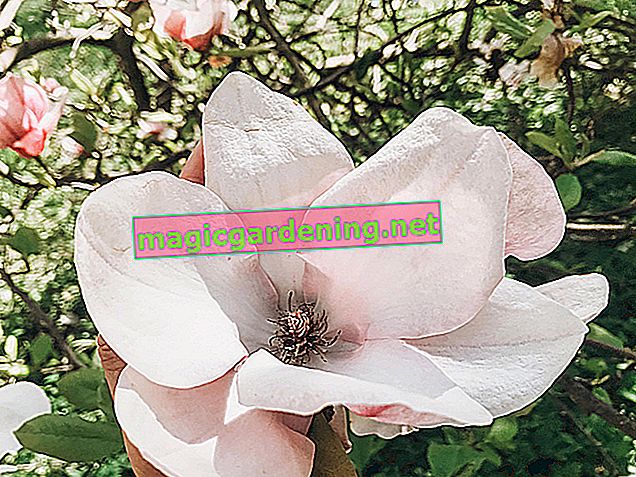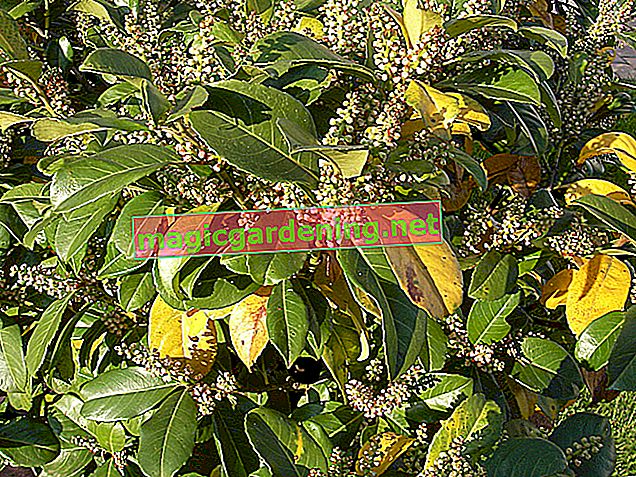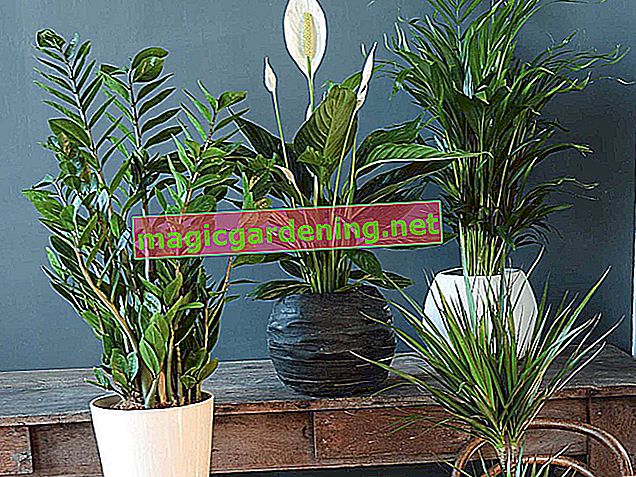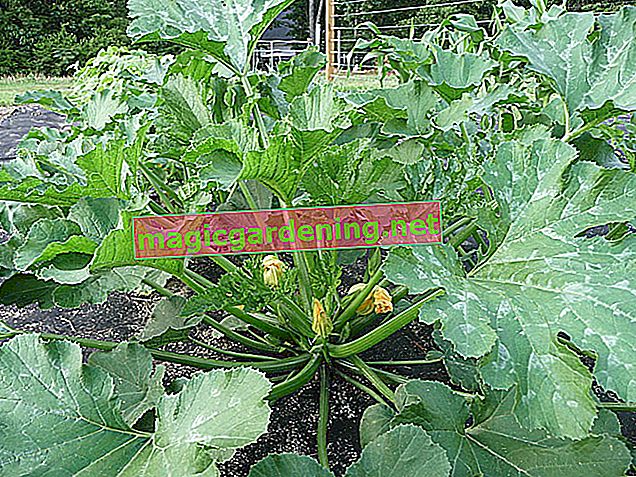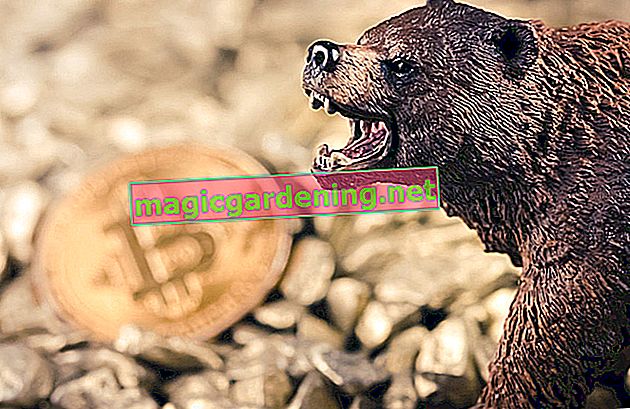
Of course, the lice can be controlled easily and very effectively with chemical means. However, this is only recommended for ornamental plants. If you want to use your nasturtiums in the kitchen, then you should avoid any chemical pesticides and use one of the numerous organic home remedies.
also read
- Do snails eat nasturtiums?
- How long does nasturtium take to germinate?
- How to properly plant nasturtiums - the best tips
Treatment of lice
Once there are aphids, they multiply at breakneck speed. So act quickly. Spray the infected leaves of your plants with nettle stock, black tea or a soft soap solution. If the infestation is light, a powerful jet of water may help. Extremely infected parts of the plant should be removed, as well as weak or sickly plants.
Ladybugs, lacewings and parasitic wasps (€ 14.59 at Amazon *) feed on aphids, among other things. With many different flowering plants you can create a paradise for these beneficial insects. In gratitude, they will eat plenty of lice and take away this plague. Plant lavender or garlic near your nasturtiums so their scent keeps the lice away.
The most important treatment tips:
- Never treat crops chemically
- Rinse off infected leaves
- Beneficial animals also for prevention
Prevent aphids
When it comes to aphids, prevention is better than having to treat the plants later. There are different possibilities for this. On the one hand, you ensure that beneficial insects such as ladybirds, lacewings and the like find an ideal environment and give your nasturtiums the right neighbors.
If you have already had to deal with severe infestation in the past, a culture protection net may be the ideal protection for your plants. It's so fine-meshed that it even keeps aphids away.
Garlic stock can also be used preventively. To do this, boil five liters of water with ten cloves of garlic for about twenty minutes and then cover it for a day. Then carefully spray all the shoots and leaves, especially on the undersides, with it.
Tips & Tricks
Do not use chemical aphid control agents if your nasturtium is for human consumption.
UE


